Looking to restrict content by role in WordPress? This article has your back.
Let’s say you have private or exclusive content on your WordPress website that you want to keep hidden from the average viewer’s eyes. This content could include a group discussion, an extensive knowledge base, a page with important information, or an image gallery.
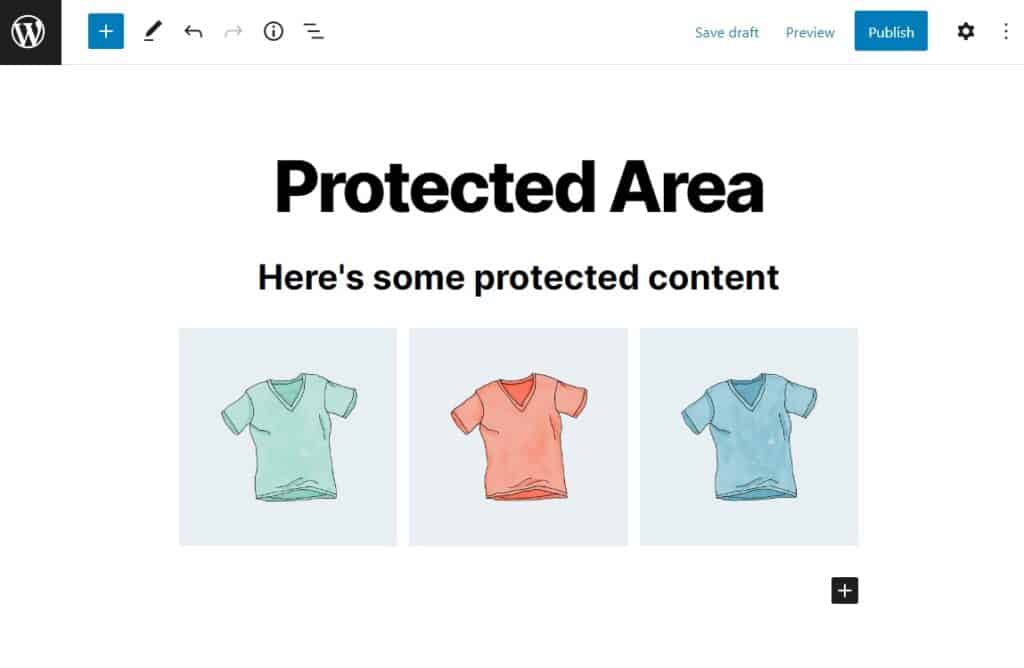
Sounds cool! But how do you limit this content to specific users? Restricting content by role on your WordPress website is a great way to ensure that your site’s content is only accessed by the intended users.
So in this article, we’ll walk you through how to restrict content by role in WordPress with a few different techniques depending on the content you want to restrict.
But first, let’s see why you might want to restrict content by role in WordPress.
Table of Contents
Why you might want to restrict content by role in WordPress
Have you ever set up a private or exclusive section on your WordPress website and worried about how you’d give access to the right person?
Because you have different types of users/visitors to your website, not all this content is relevant to them. For this reason, you would want users to interact with content that is relevant to them on your site – and restricting content by role enables you to achieve this.
Generally, you might want to restrict content by role because of the following reasons:
- Security – some information on your site needs to remain confidential.
- Monetization – if you want your users to pay to access certain pieces of content.
- User experience – for users to only see relevant content, thereby improving user experience.
If you want to make sure only specific users can see special features of your site, you can restrict content by role in WordPress. Blocking access to parts of your website based on user accounts will ensure that only specified users can reach your exclusive features.
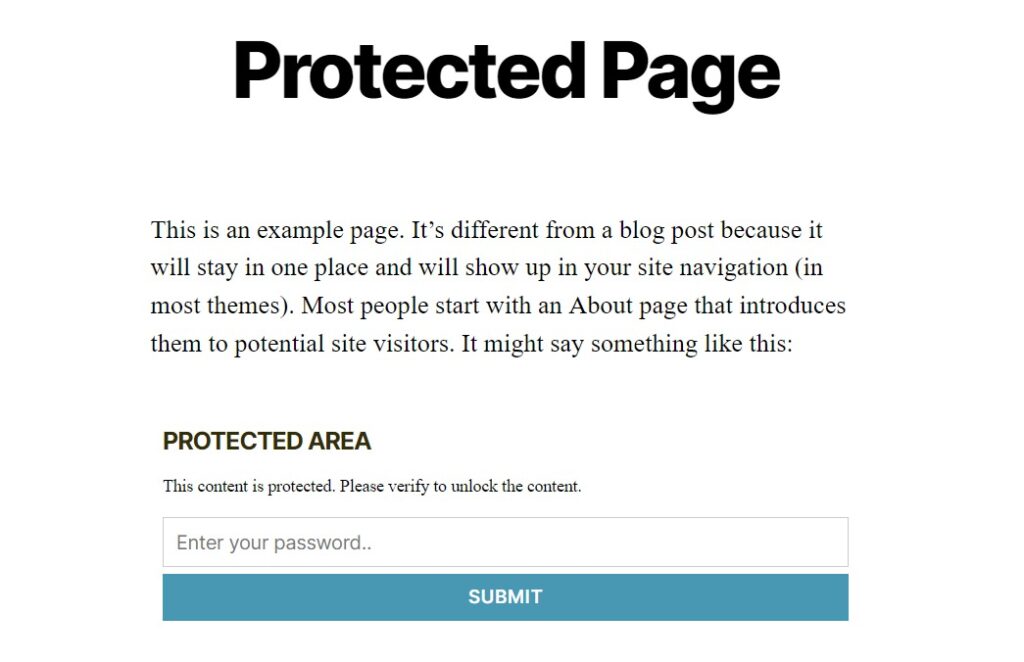
Depending on the content you have on your website, you may want to use WordPress restrict content by role for the following reasons:
- You have a membership website – With a membership site, you can restrict content from non-members to entice them to join your website for content access. You can also do this for different membership levels, where the members with a higher membership ranking get access to more exclusive content. This is one way to create a hierarchy of access to your site’s content.
- You create private content – restricting content by role can help prevent unauthorized access to personal identifying information like addresses, transaction details, etc. This helps you to secure sensitive information on your site from unauthorized access.
- Premium content/exclusive content needs to remain hidden – When you want to monetize your content, you can allow users to access part of it for free and restrict the rest to those who have paid. For example, if you’re selling courses on your WordPress website, you can allow users to access the fundamentals free but make the advanced concepts premium.
- Your blog is private – To create a private blog accessible only to those you invite, you will have to restrict this section of your website by role. You can also your private blog to offer premium content to users with access.
By default, WordPress has 6 user roles (Super Admin, Admin, Editor, Author, Contributor, Subscriber) which you can use to implement hierarchical access to your site’s content. Let’s see this and how you can do it in the next section.
Note: If you want to get specific with the user roles you create, you can use a plugin like User Role Editor to make it easy for you to do this. With User Role Editor, you can create new custom user roles that describe specific users depending on the website content, for example, student, affiliate, member, etc.
Restrict pages and posts by user role in WordPress
As the site owner, WordPress automatically assigns you the Admin role. This role gives you access to everything within the website without limits to what you can do. As the admin, you can dictate who can access what by assigning other users the WordPress user roles mentioned below.
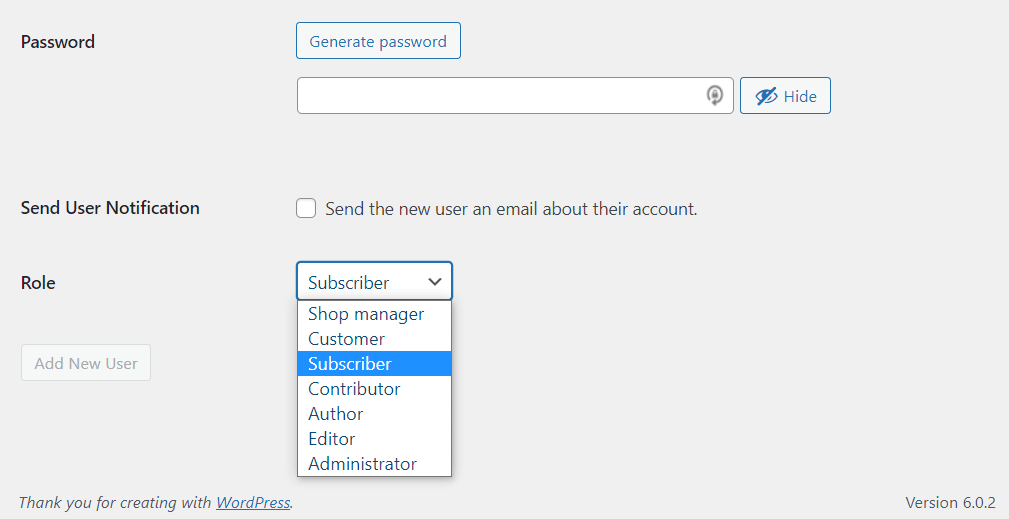
Each role has a set of actions or permissions that a user can complete on your website. For example:
- An editor can publish and edit their posts or other people’s posts.
- An author can only publish and edit their posts.
- Contributors can create posts, but they can’t publish them without the admin or editor’s approval.
- Subscribers can only read posts and comment on them.
By assigning users certain roles like Contributors and Subscribers, you automatically place a limit on what they can do or what user access they have on your website. These roles also prevent them from accessing certain sections of your website, like the WordPress backend.
By doing this, you’ll be able to protect your WordPress content (especially sensitive information) from unauthorized users and ensure that those who access this information can be accountable for it.
While this basic use of user roles works, what if you want to restrict pages and posts on the frontend of your website by user role? In the next section, we’ll show you how.
How to restrict pages and posts to logged in users
If you offer memberships (with user registration) or subscriptions on your WordPress website, you might want to restrict specific pages and posts to users who have logged in. This helps to prompt new users to create an account on your website. You might also want them to log in for the best user experience.
You can’t restrict pages and posts to logged-in users in the default WooCommerce install. To do this, you’ll need the Passster plugin.
Passster
Protect your entire website, entire pages, or just parts of your content with one or more passwords.
Passster is the best WordPress password-protection plugin that lets you protect pages or posts (including custom post types) on your WordPress website with a single password or multiple passwords (and user roles). You can do this for the entire website or just specific sections of your website.
The best part is that you can tailor this solution to suit your specific needs by:
- Customizing the password-protection login form’s appearance to fit your website’s design and WordPress theme.
- Choose your password protection type. This could be a conventional password, password list, Captcha, user role restriction etc.
With Passster, you can password-protect pages and then allocate the password only to members who have logged in.
Step 1: Install the WordPress plugin Passster
You’ll first need to purchase Passster from: patrickposner.dev/plugins/passster.
You’ll then receive an email with your download links and a license code.
Next, download your Passster files and follow these steps to install this plugin in WordPress:
- Go to Plugins > Add New > Upload plugin from your WordPress dashboard.
- Upload the extension you downloaded and click Install Now.
- After installation is complete, click Activate Plugin. Paste your license code in your email and click on Agree and Activate Plugin. You’re now all set.
Step 2: Restrict a WordPress page by role
For this guide, we’ll restrict an entire page in your WordPress site using Passster. However, note that these steps also work for posts as well.
To change your page access, take the following steps:
- Go to Pages > All pages on your WordPress admin dashboard and click to edit the page you want to restrict.
- Next, scroll down to locate the Passster Page Protection section on the Settings page.
- Click the Activate Protection toggle button to enable protection for your page.
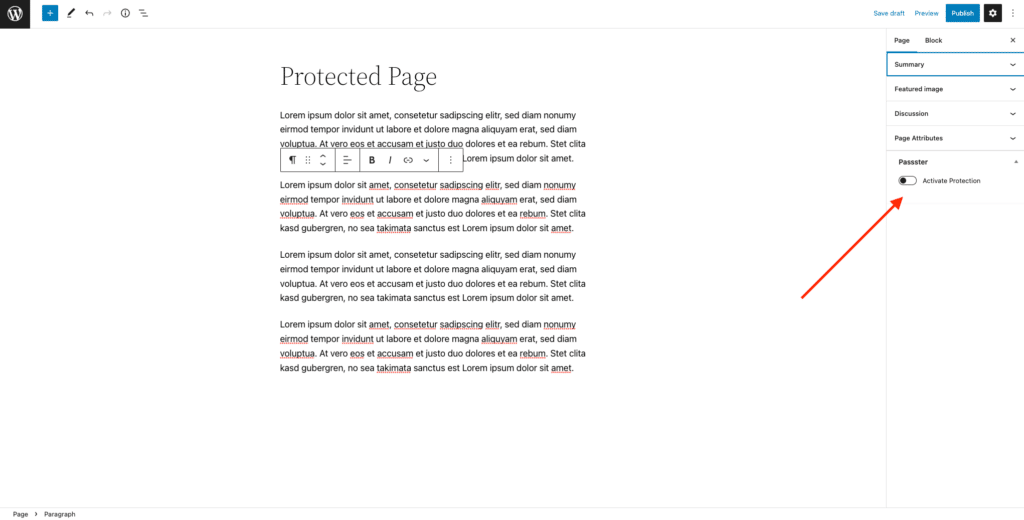
- You will see five different restriction options as explained below:
- Password will allow the user to set a single password to access your page.
- Passwords allow your users to enter different passwords to gain access. These passwords are comma separated.
- Password List will let your user choose one of your pre-created password lists.
- reCAPTCHA don’t require a password and instead restrict bots and hackers on the page with invisible or visible reCAPTCHA.
- Select your preferred protection type and proceed to the next step. In this case, we’ll use Password.
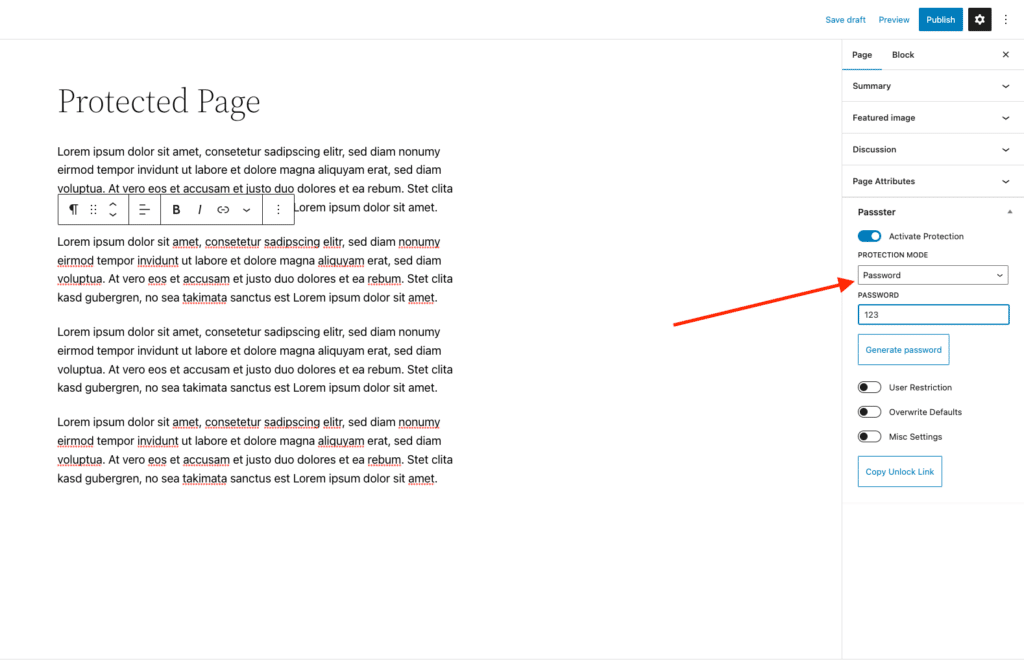
- In the Redirection field, type in the URL you want your users to be redirected to when they access your page.
- Next, select User role from the User Restriction Type dropdown menu and specify which different user roles you want to access your page.
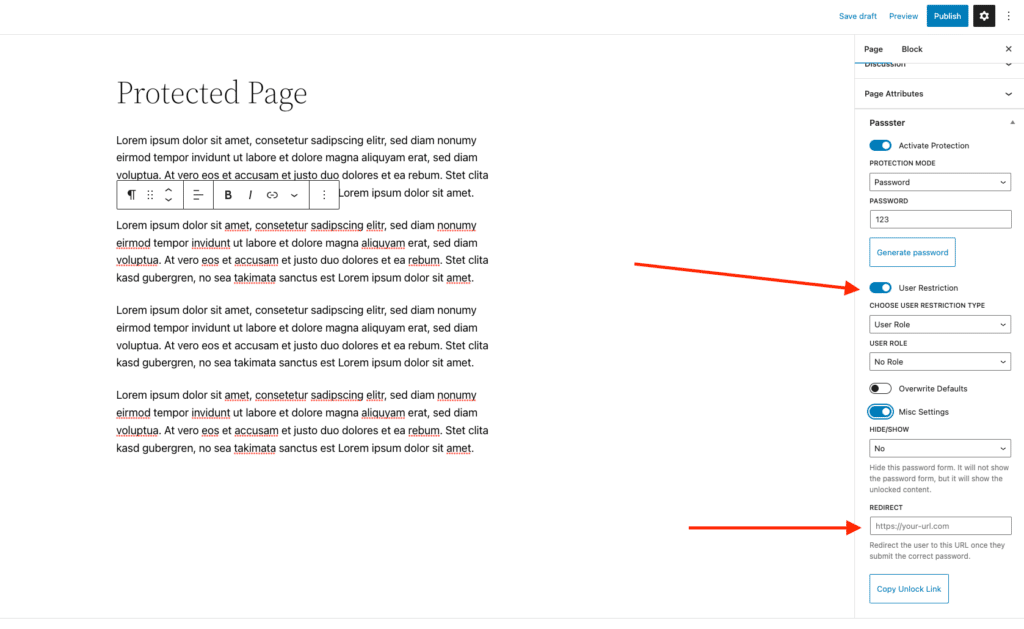
- Finally, you can click the blue Publish or the Update button at the top of the page to save your changes. That’s it.
So that’s how to restrict a page by user role, but what if you only want to restrict part of a page or post? The next tutorial section will explain how to do just that.
Restrict part of a page or post in WordPress
Sometimes, you might not want to restrict a whole page or post but just part of it. This means your pages or posts will be accessible to everyone, excluding certain sections within the page.
This could be if only part of a page contains sensitive information, like your personal contact information (such as an email address), and you want users to access the rest of the page except this part. By restricting this part, you will protect yourself from spam.
You might also want to restrict part of a post or page to create a paywall, where users must pay to access the rest of a page or post. This is useful if you sell readable content like news or course and you want users to have a preview before they can commit their money.
How to restrict part of your content to registered users
Passster also allows you to protect a section of your content in your WordPress pages or posts and make it available to registered users only. You can do this in just 3 steps:
Passster
Protect your entire website, entire pages, or just parts of your content with one or more passwords.
Step 1: Create a protected area with Passster
Once you’ve installed Passster:
- Navigate to Passster > Protected Areas on your WordPress dashboard and click the Add New button. This will open up a page that looks like this:
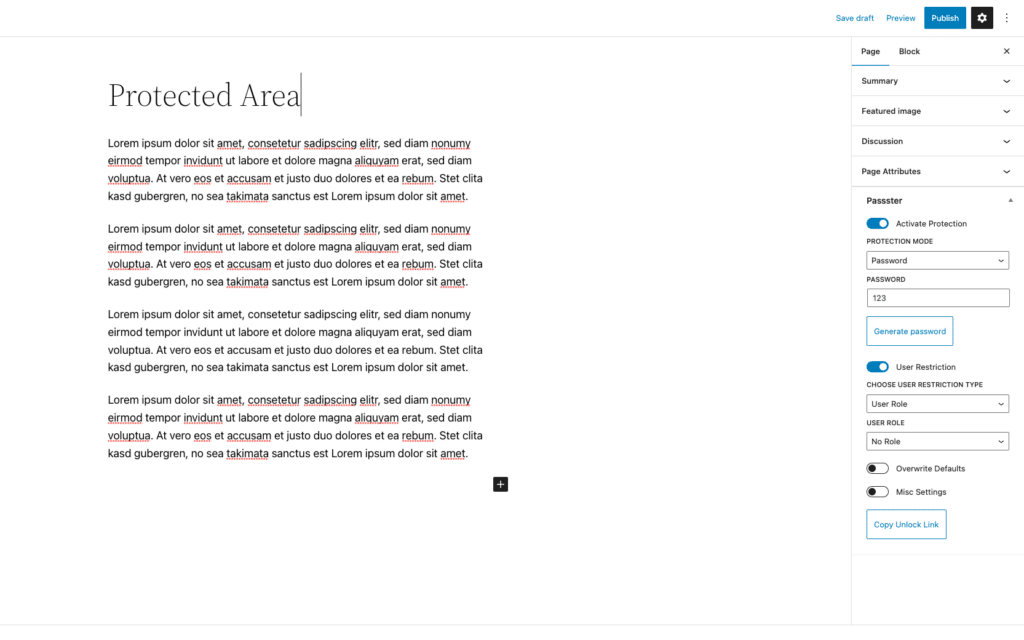
- Add the content you want to restrict to your “protected area,” like you would typically add content to your page.
- Then, click Publish at the top of the page when you’re done. This will automatically generate a shortcode for the section you want to restrict.
Step 2: Customize your shortcode
Now, we’ll tweak a few settings for your generated shortcode in the following steps:
- Scroll down to the Shortcode configuration section and pick your preferred protection type from the dropdown menu.
- Select the user role from the User Restriction Type dropdown menu and specify which users you want to access your section.
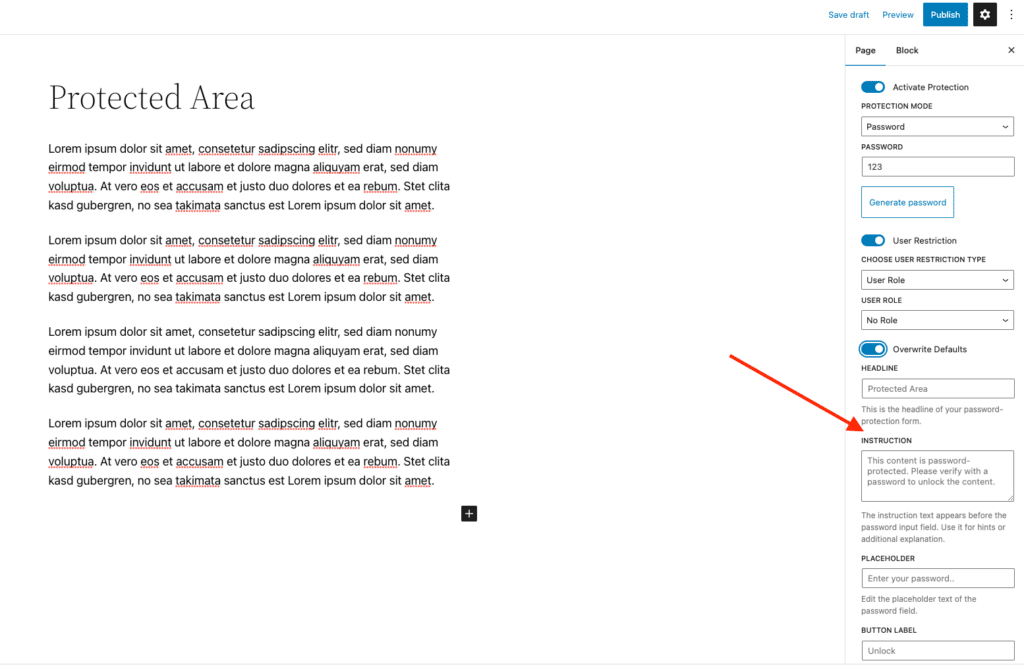
- In the Texts section, you’ll be able to change the headline, description, placeholder, and button texts for your shortcode.
- Finally, click Update, and your shortcode will also be updated. Copy your shortcode and proceed to the next step.
Step 3: Add your shortcode to a page
To add a shortcode to your page, take the following steps:
- Go to Pages > All pages on your WordPress dashboard and click to edit the page you want to add to your protected area.
- Click the specific area where you want to add your protected content and paste your shortcode. WordPress will automatically turn this shortcode into a block.
- If this fails, click the content area and the black Plus symbol. Search ‘shortcode’ in the search field that pops up, and click on it to add. Then paste your shortcode into the shortcode ‘block.’
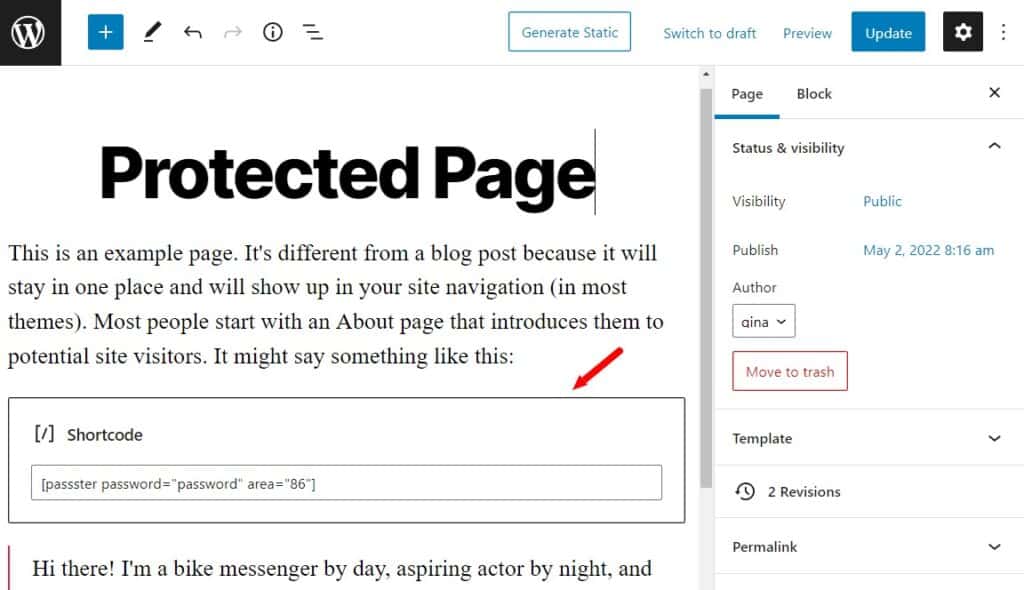
- Finally, you can click Update, and your protected area will show.
Restrict products by user role in WordPress/WooCommerce
Restricting products by user role prevents certain users from accessing certain products or groups of products. This is useful when you have different customer groups on your WooCommerce store: wholesalers and retailers.
You wouldn’t want retailers to access wholesale products since they are heavily discounted to incentivize wholesale customers to buy in bulk. This way, retailers will only access products meant for them. This helps separate your customer groups while providing a seamless experience.
Restricting products by user role can also help you to sell exclusive products, like one-of-a-kind pieces of art, to a specific group of your customers.
How to restrict products in WooCommerce
You can use Passster to restrict exclusive product pages in your WooCommerce store and make them accessible to specific users only.
With Passster still installed on your WooCommerce site:
- Navigate to a product’s edit page. You will see Passster meta boxes on the right-hand side of your screen.
- Then, choose Page Protection and toggle on the Activate protection switch to enable protection.
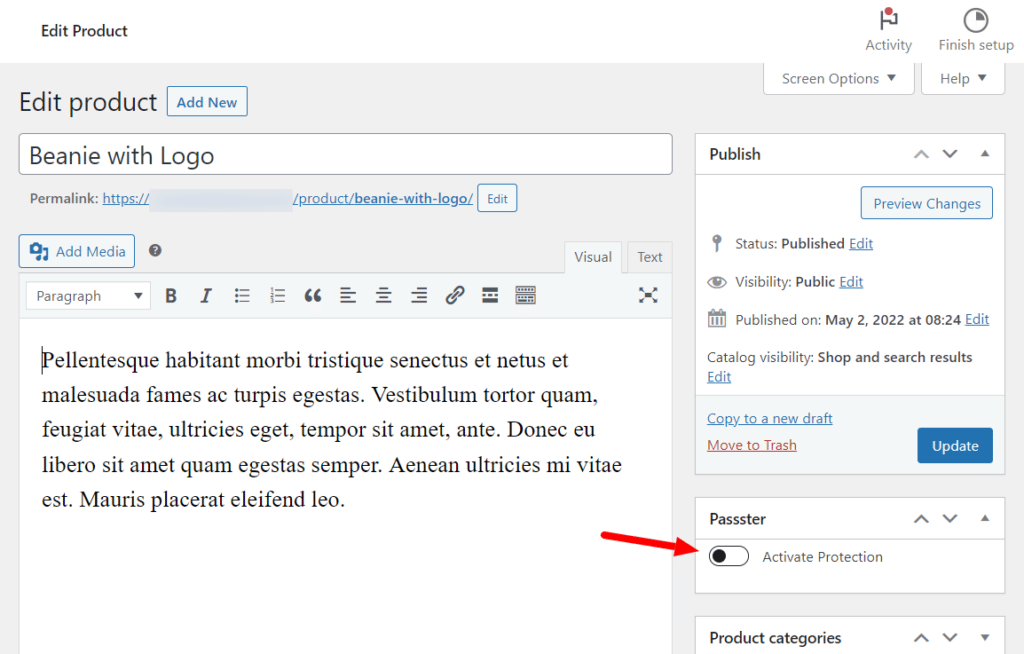
- Set your protection type, for example, a password that you can give to specific users in your store.
- Next, select User role from the User Restriction Type dropdown menu and specify the username for your role.
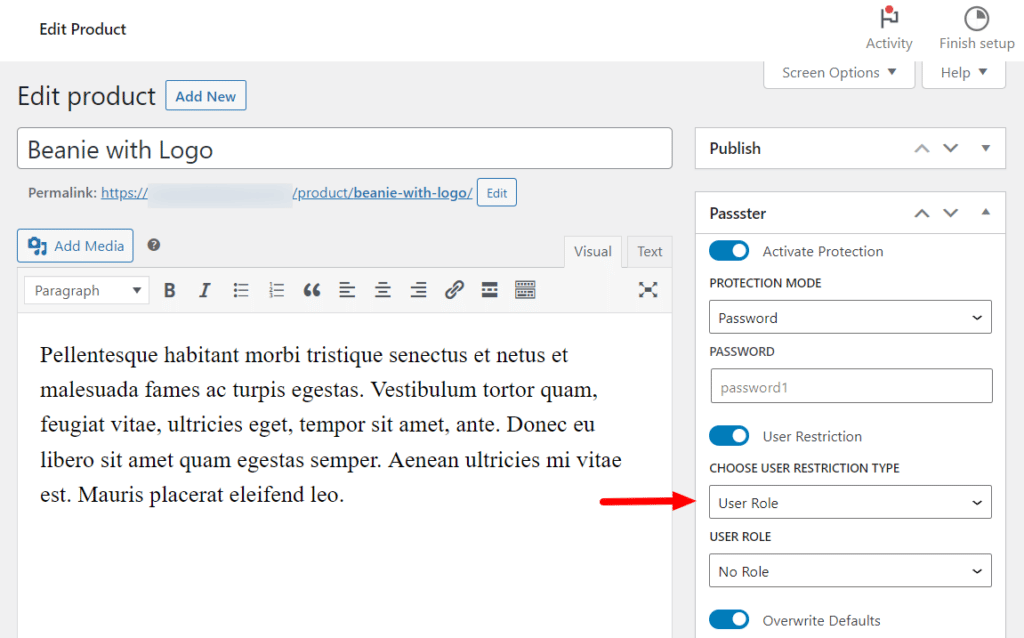
- Finally, click the Update button to continue.
This will ensure that only specific customers can access your hidden product when you give them a secure password. The rest won’t be able to see it.
Restrict files and other uploads in WordPress
Restricting files and other uploads on your WordPress website prevents certain users from accessing or uploading files on your website. This helps to prevent unauthorized file access or uploads, which could compromise your site’s security.
This is especially important for sensitive files, such as those that contain user information. You can restrict access to these files to users with higher-ranked roles like admin or manager. In addition, you can also allow departments that need this information to operate, like billing, for example.
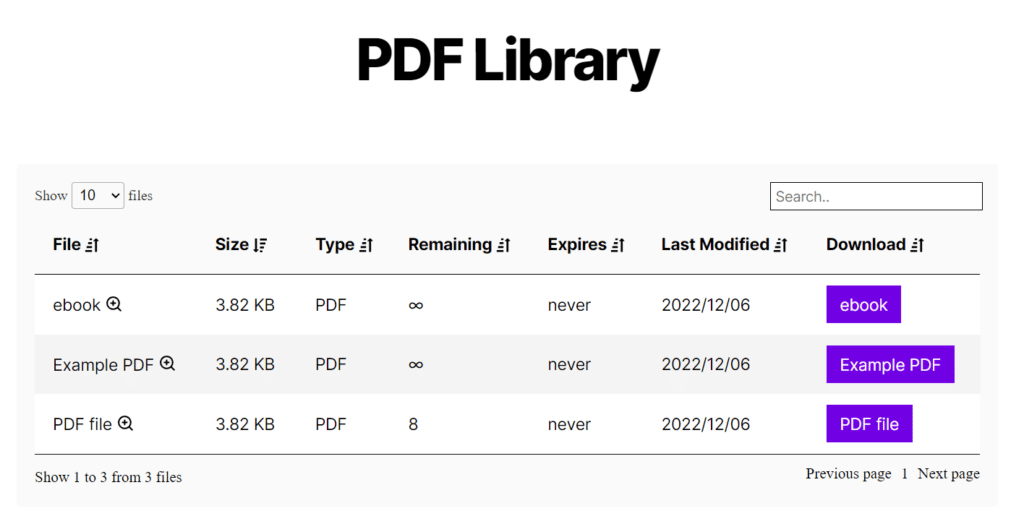
This way, you ensure that users can only access relevant information to their roles and responsibilities. This can improve the overall user experience and make it easier for users to find the information they need.
How to restrict file uploads and media to specific user roles
You can’t restrict file uploads and media to specific user roles in the standard WordPress setup. To do this, you will need the help of the Filr plugin.
The Filr plugin allows you to create and manage a document library on your WordPress website. This includes securing the document library and defining the users who can access and upload these files.
Filr
Easily upload, store and share files in WordPress. Secure, flexible, and user-friendly document libraries for your next project.
You can use it to restrict file uploads and media to specific user roles in the following way.
- Purchase Filr here: patrickposner.dev/plugins/filr and install it on your WordPress website.
- With Filr installed, go to Filr > Add New on your WordPress dashboard after successfully installing Filr.
- Give your file a title. This will show at the front end of your website.
- Upload your file(s) and assign it to the library in which you want the file(s) to appear. You can learn how to create a library with Filr here.
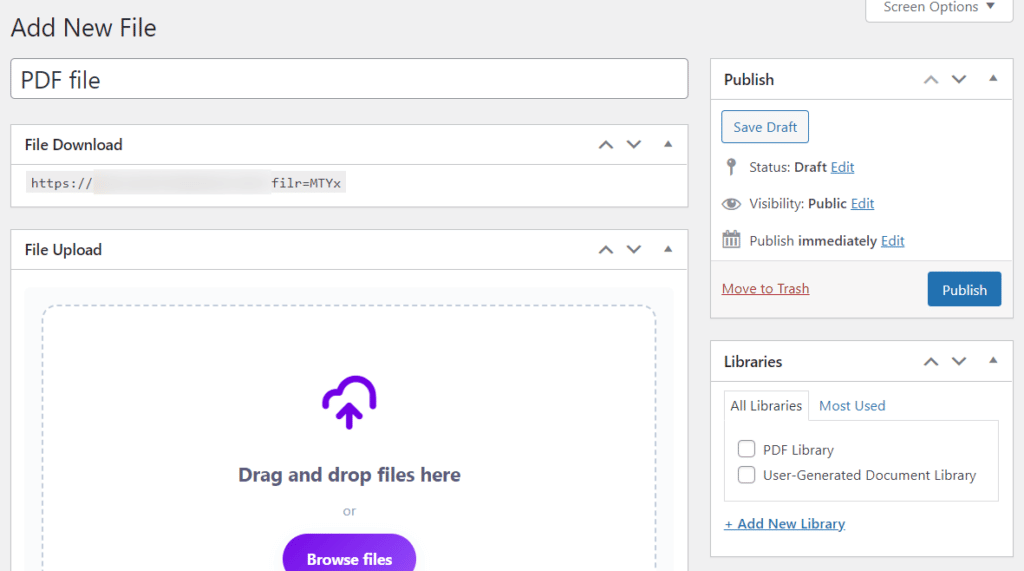
- The file management system is just below the library section, where you can choose if you want to save your file in a folder and do more.
- Finally, in the Advanced options, under User Restriction, you can choose which users you want to restrict from accessing our files.

- When you’re happy with everything, click Publish, and a download link will be created for your file.
This is a basic overview of restricting files and file uploading to specific user roles. See our Filr documentation for a much more detailed overview.
Restrict content by role in WordPress today
Restricting content by role on your WordPress website allows you to protect private content, sell exclusive content, and ensure that users can only access the content they need. On its own, WordPress allows you to do this but to a limited extent.
But if you want to take content restriction to the next level, you can get more options to restrict content on your WordPress website by using the following plugins.